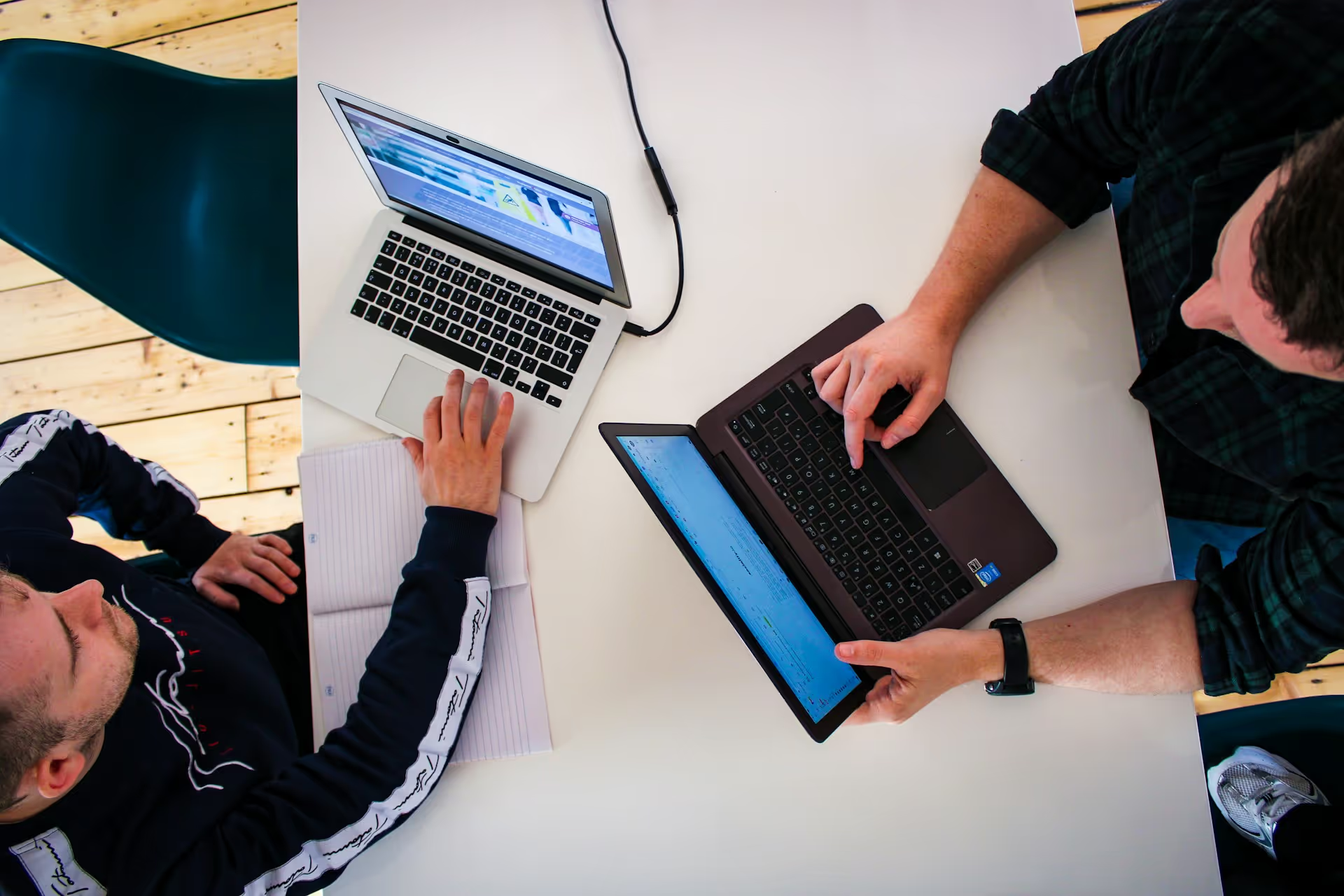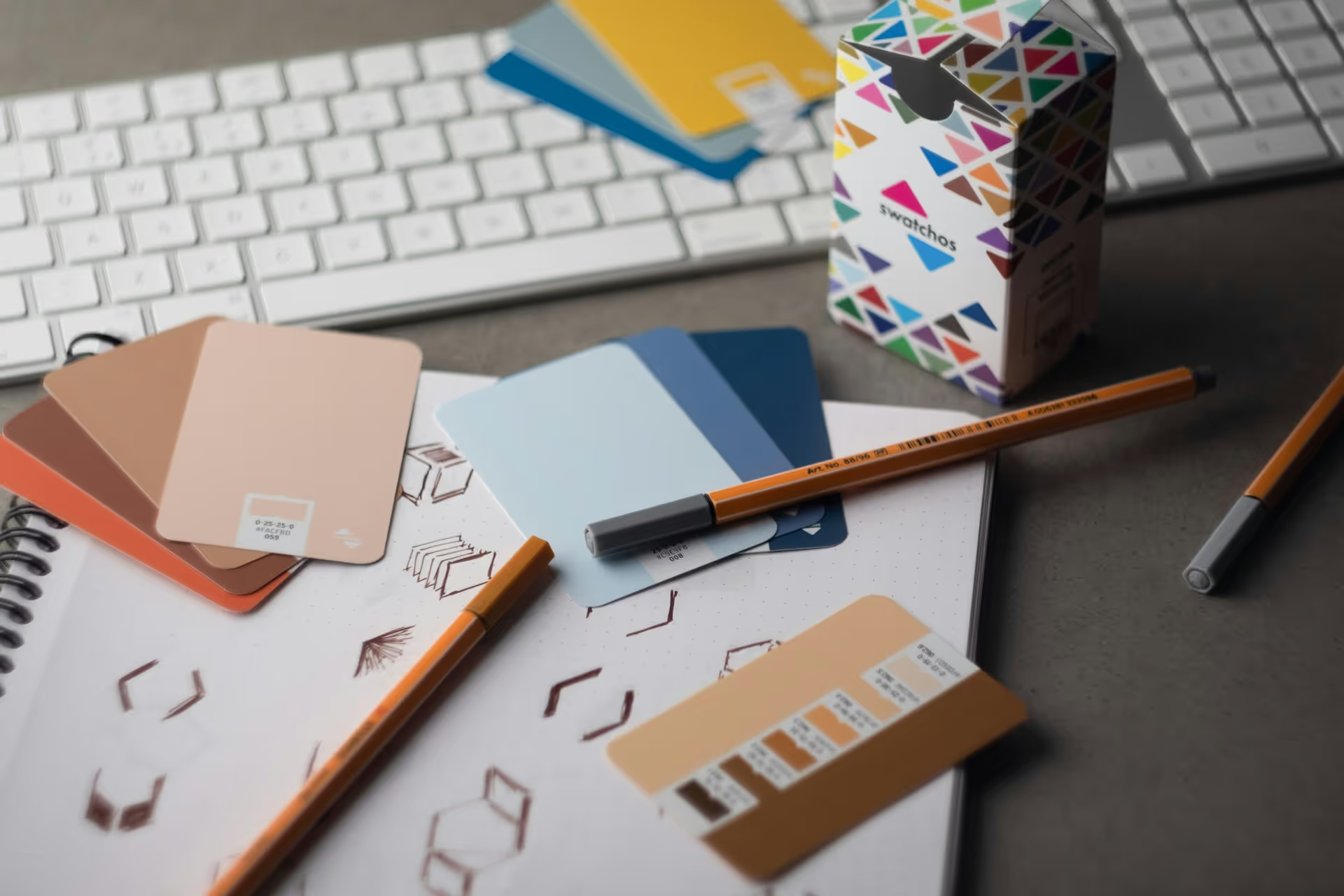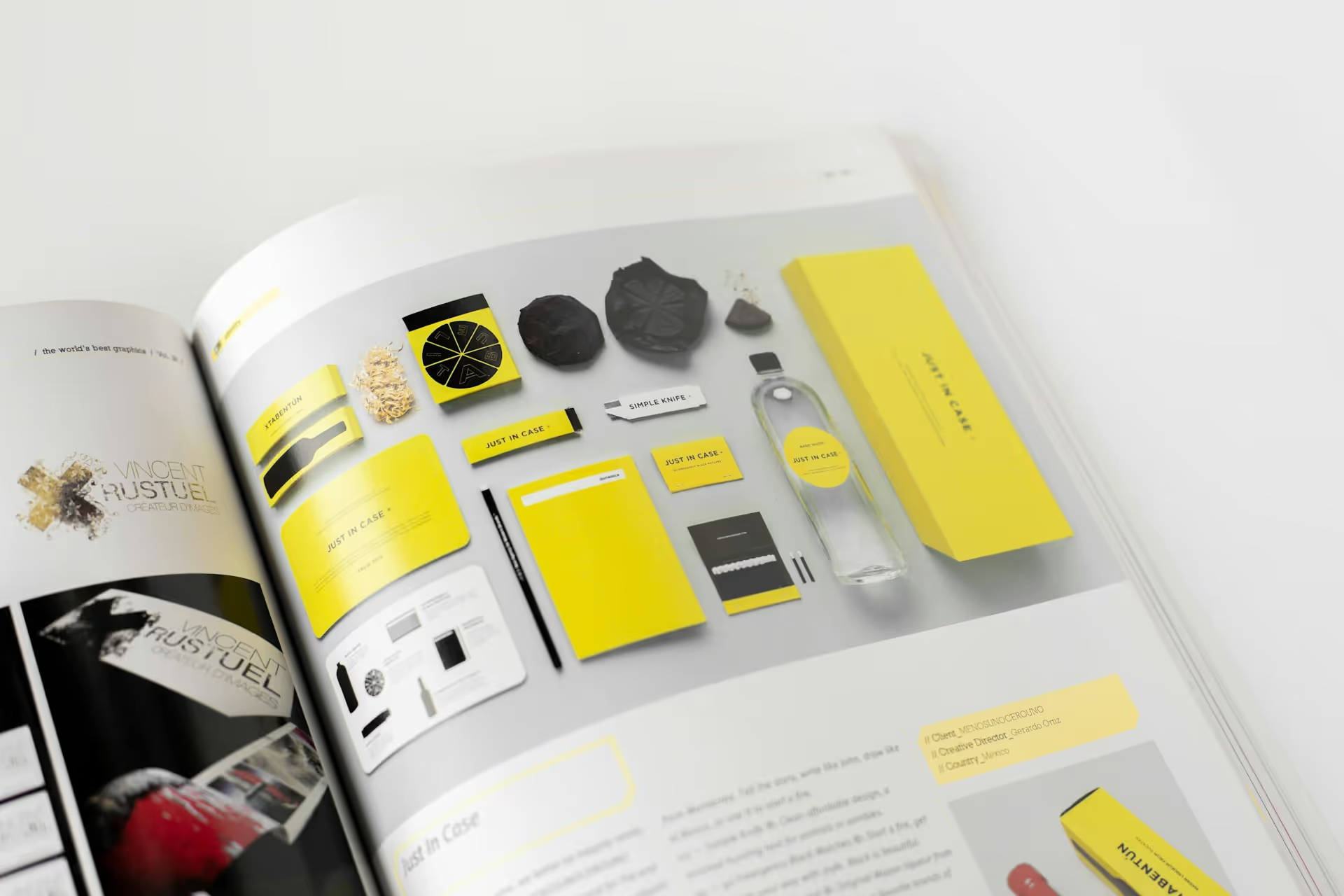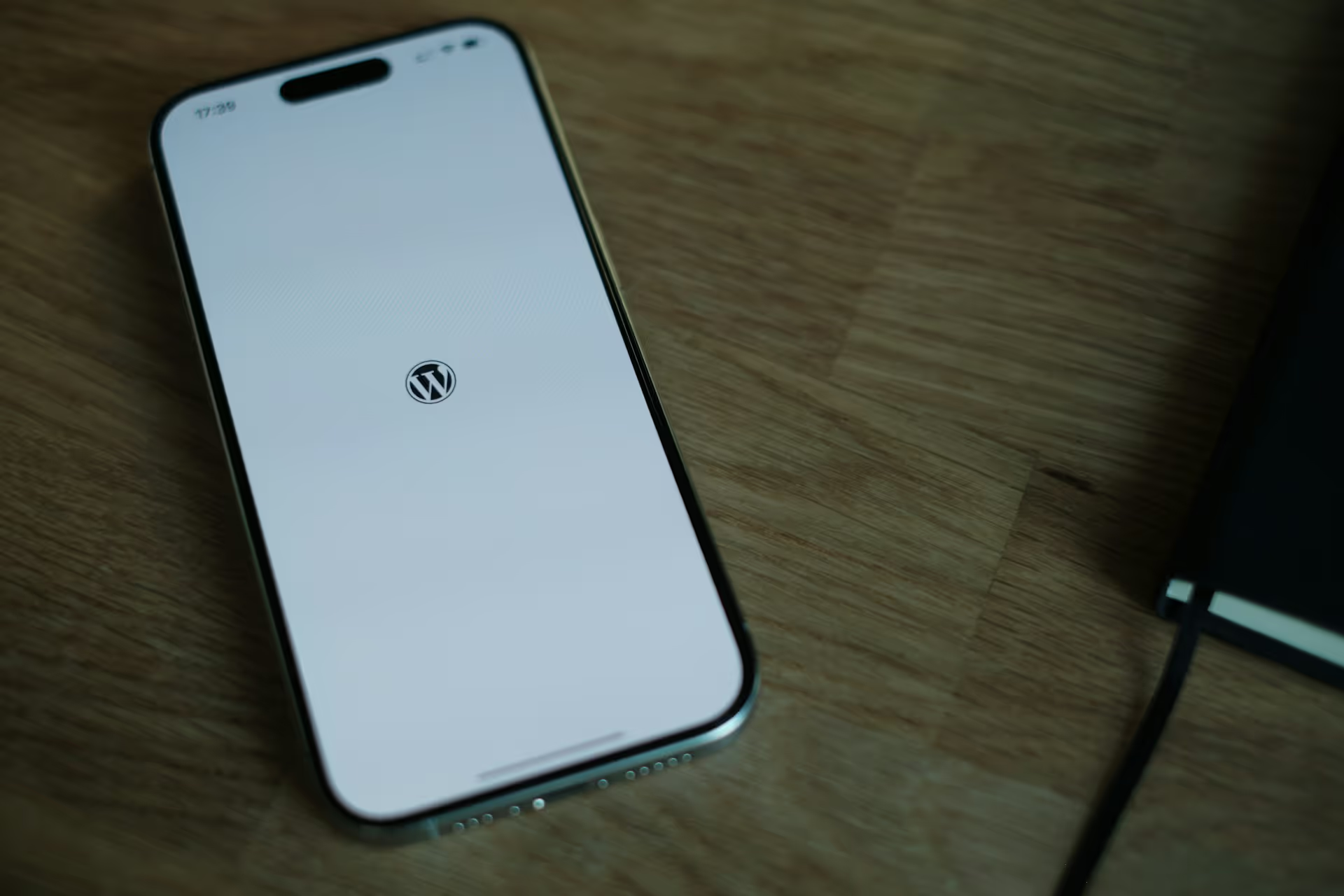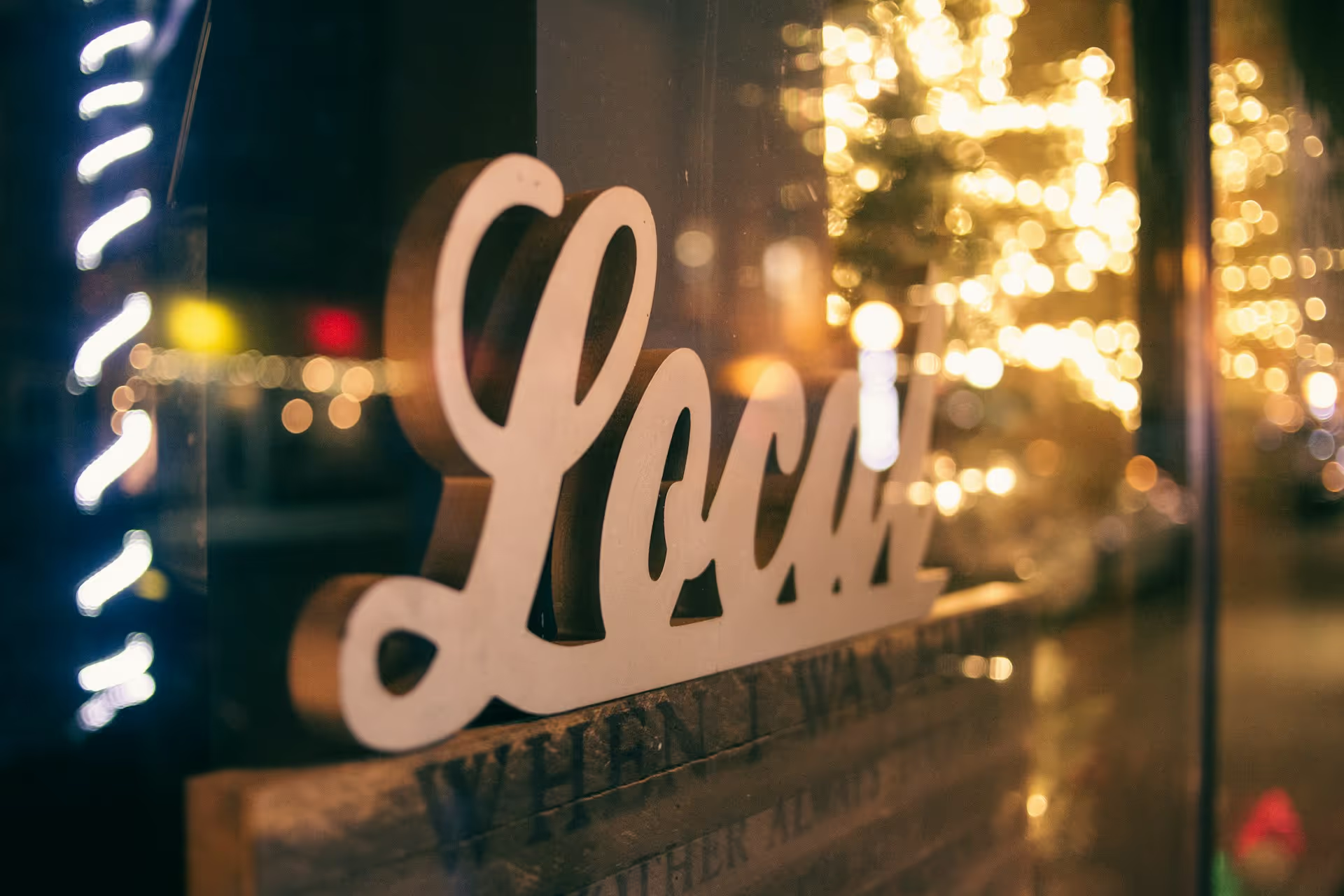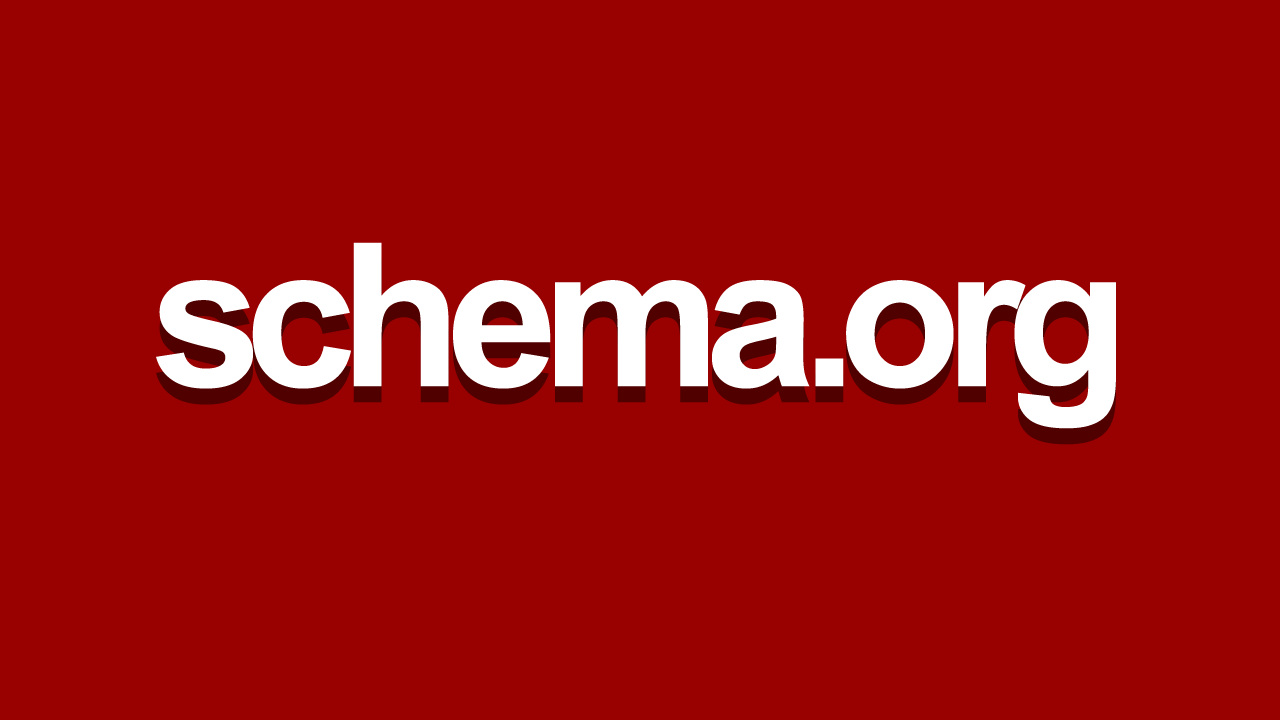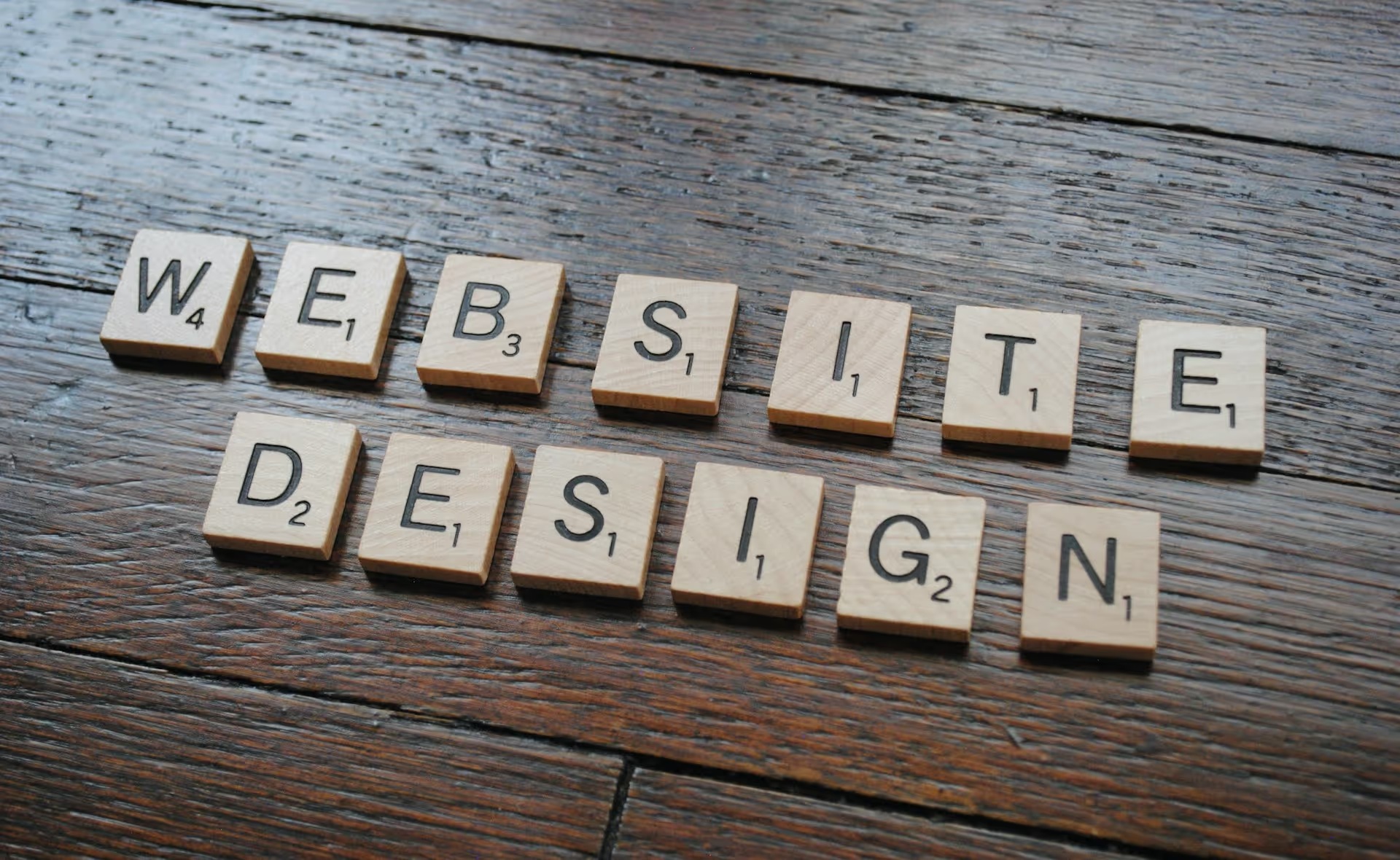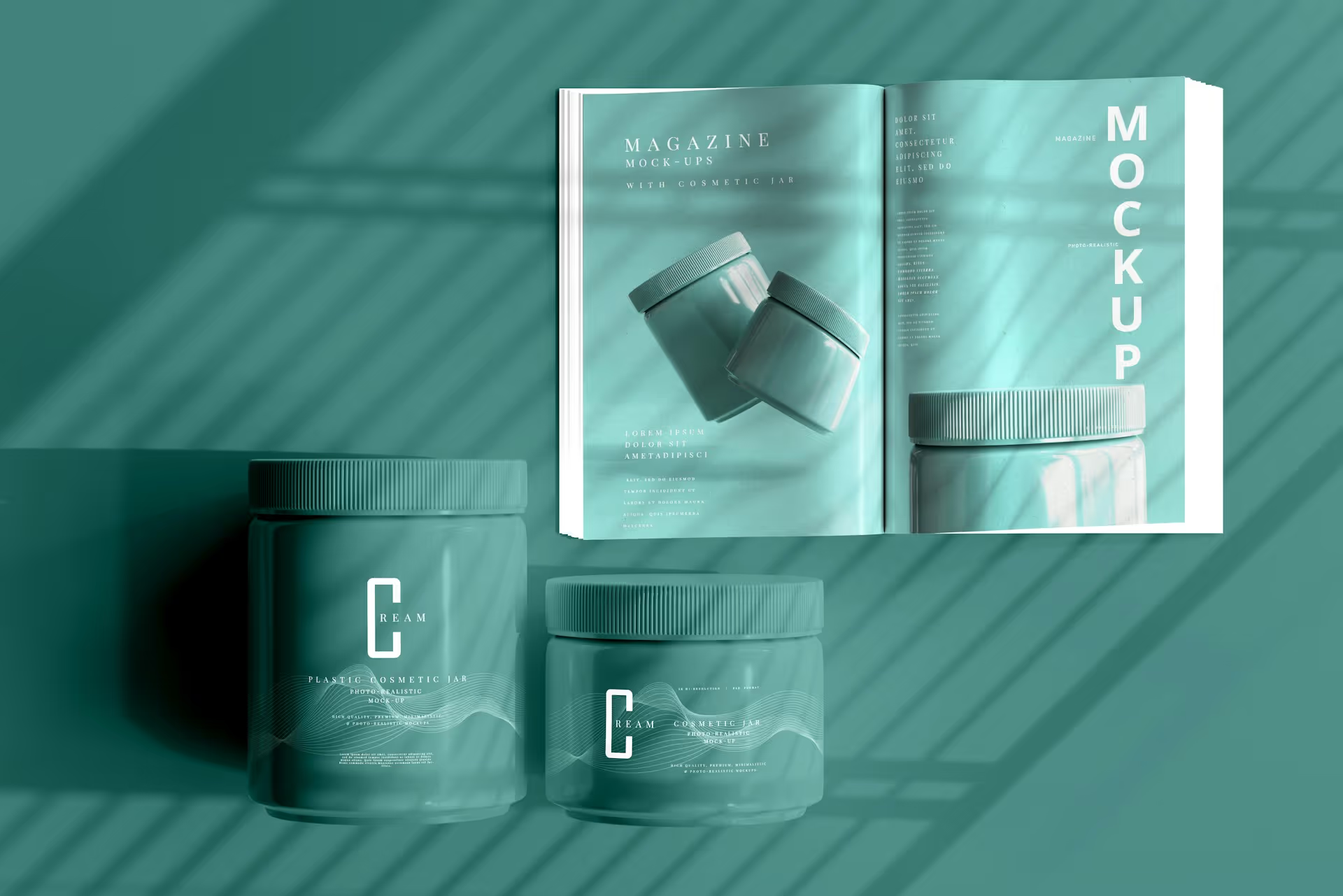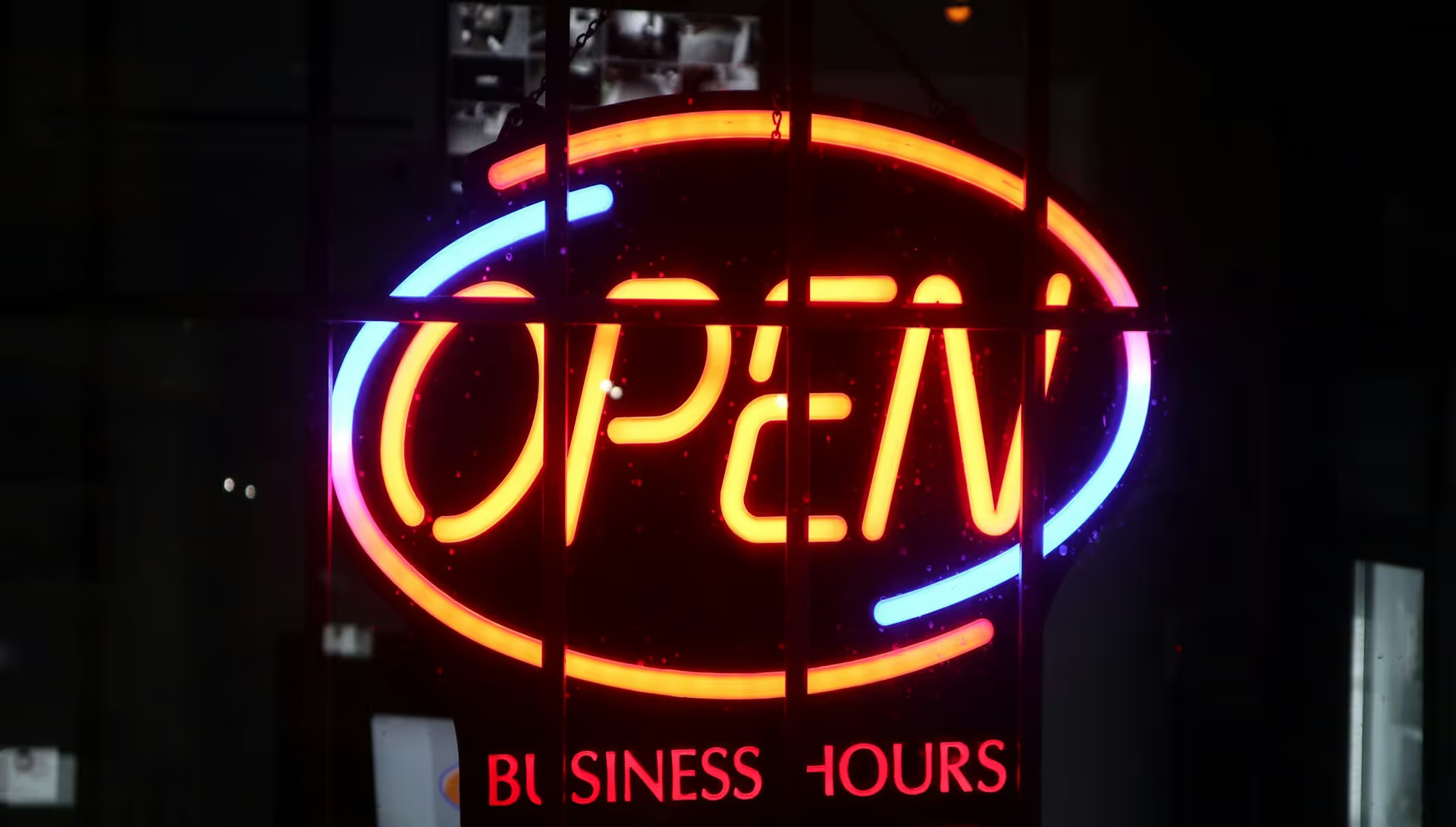
How Los Angeles’s Direct-to-Consumer Brands Build Trust With Better UX
1. Introduction:
In Los Angeles—a city where aesthetic, experience, and expectation converge—DTC brands face one unrelenting challenge: winning trust in a crowded, performance-obsessed market. With paid ads getting pricier and consumer attention spans shorter than ever, better UX isn’t a nice-to-have. It’s how the smartest LA brands build lasting relationships.
Whether you're selling skincare, activewear, supplements, or home goods, user experience is your frontline for brand credibility and conversion.
In this guide, we unpack how LA’s top direct-to-consumer (DTC) brands design trust into every pixel, scroll, and interaction. You’ll learn:
- Why UX is now the most important trust signal for DTC brands
- The critical elements of conversion-optimized design
- How storytelling and branding elevate the experience
- The psychology behind frictionless mobile flows
- Brightter’s proven UX process for LA-based Shopify and headless eCommerce clients
2. Why UX = Trust in the DTC World
Trust is no longer earned just through celebrity endorsements or professional product photography. It’s earned through usability, clarity, and experience.
Here’s why:
- Low switching cost: If your site is slow or confusing, a competitor is one tap away.
- Skeptical buyers: LA consumers are savvy, researched, and often cynical. They judge you by your digital storefront.
- No middleman: As a DTC brand, you don’t have a retailer buffering the brand experience. Your site is your sales rep.
A beautiful homepage isn’t enough. Your UX needs to guide, reassure, and convert—especially for mobile-first, time-strapped, and experience-sensitive LA shoppers.
3. What LA Consumers Expect From DTC Brands
Los Angeles is a design-aware, trend-forward city. Expectations are high. The following UX standards are no longer optional:
a. Speed
- Sub-2.5 second load time
- Instant page transitions via headless CMS or PWA
b. Clarity
- Intuitive navigation
- Product pages that answer all questions (reviews, ingredients, sizing, return policy)
c. Trust Signals
- Secure checkout (Shop Pay, Apple Pay)
- Transparent shipping and return policies
- Social proof: UGC, reviews, press, partnerships
d. Consistency
- Brand story carries across product, packaging, post-purchase emails
- Voice and design align across site and social
Brightter helps LA brands meet—and exceed—these expectations through UX and strategy alignment.
4. The Psychology Behind UX and Buying Behavior
Your UX isn’t just functional—it’s emotional. It answers subconscious questions like:
- Can I trust this brand with my money and my skin?
- Will this product make me feel how I want to feel?
- Will this brand show up if something goes wrong?
DTC buyers are emotional, not just logical. That’s why:
- Smooth onboarding = reduced buyer hesitation
- Good design = perceived quality
- Clarity = reduced cognitive load = higher conversions
5. Anatomy of a High-Trust DTC Website
We’ve studied hundreds of LA DTC brands—and designed many ourselves. The most effective trust-building sites share these UX traits:
a. Homepage That Frames the Brand
- Clear value proposition
- Brand ethos in under 7 seconds
- Visual hierarchy for discovery vs conversion
b. Shop Page That Segments by Intent
- Shop by concern (e.g., “oily skin”)
- Quick-buy options with trust markers (e.g., “Best Seller,” “Over 2,000 Reviews”)
c. Product Pages That Educate and Convert
- Video and lifestyle photos
- Ingredients / size / FAQs
- Clear CTAs with size/variant pickers
- Reviews, UGC, and star ratings
d. Checkout That Reinforces Confidence
- Guest checkout
- Auto-fill, Apple Pay, PayPal
- Money-back guarantees and shipping transparency
Brightter wireframes and prototypes all of these with UX testing before build.
6. Mobile UX Is Not Desktop Lite
Over 75% of LA’s DTC eCommerce traffic is mobile. So:
- Buttons must be thumb-friendly
- Menus must be sticky, collapsible, intuitive
- Pages must load <2 seconds
Mobile is often your first and only impression. Brightter starts mobile-first when designing for LA’s high-expectation audiences.
7. Branding = UX = Trust
Many DTC brands make the mistake of separating branding and UX. But in truth:
- Design is brand. Your layout, motion, colors, and typography create subconscious cues.
- Copy is brand. Microcopy, CTAs, error states—all tell the user what your company is like.
- UX is brand. A smooth, supportive, satisfying journey is what makes people come back.
Brightter aligns your UX and brand strategy from day one—so the experience isn’t just functional, it’s memorable.
8. Brightter’s UX Process for LA-Based DTC Brands
We help DTC brands increase conversion and retention by building trust through better UX. Our process includes:
a. UX Audit + Analytics
- Heatmaps, scroll depth, bounce rate, conversion funnels
- Customer support data + on-site search behavior
b. Strategy + Brand Alignment
- Voice of customer
- Brand tone and product positioning
- Conversion psychology frameworks
c. UX Wireframing + Prototyping
- Homepage, product page, and checkout flows
- Mobile-first, component-based design
d. Build + Test
- Webflow, Shopify, Headless CMS, or custom
- QA across devices, browsers, and screen sizes
- CRO testing tools: A/B, session recordings, funnel analysis
Brightter brings design, copy, development, and analytics together to deliver not just beautiful websites—but trusted ones.
9. Final Thoughts: Trust Is the Real Conversion Engine
In Los Angeles, DTC brands aren’t just selling products. They’re selling stories, identity, and experiences.
To win, you need more than good design. You need user experiences that reflect your brand’s soul—and earn your customer’s confidence.
Better UX isn’t just better conversion. It’s better trust, better retention, and better brand equity.
Ready to build a DTC experience that converts and connects? Let’s talk. Brightter builds UX systems designed for trust, scale, and growth.



.avif)














